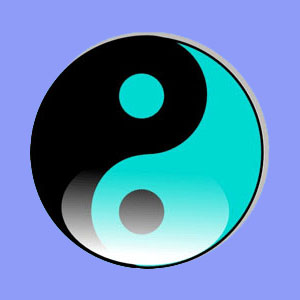
Tai chi for sciatica is an interesting form of martial arts-inspired exercise therapy which can be enjoyed by people of all ages and physical abilities. Tai chi is an ancient Chinese fighting form which is derived from active meditation and effective self defense postures.
This article provides insight on using tai chi to treat sciatic nerve symptoms. Since the postures of tai chi have long been thought to provide significant health and chi circulation benefits, many patients choose to utilize this particular form of fitness activity as a means of pain control, while others hope for a lasting cure for their sciatica.
Tai Chi for Sciatica Program
Tai chi, sometimes also spelled tai qi, expands the boundaries of the body and mind. Practitioners learn to increase their flexibility, strength and endurance by practicing the various forms and movements of this gentle fighting art.
Students are also instructed on chi/qi development, which harnesses and focuses the internal life energy stored in all living things. This chi energy is used for both defensive techniques, as well as healing applications. It is theorized that the long-term practice of tai chi can have lasting health benefits, including an increased life span.
Tai chi comes in many styles and each instructor has their own methods of teaching. It is crucial for every student to find a teacher who appeals to the sensibilities of both mind and body. Some forms are more acrobatic and other styles are more relaxed. Some schools focus on internal development, while other styles work primarily at building the body.
Make sure to think about what exactly you want to gain from tai chi, before committing to any long-term program. Be sure to discuss these goals with any prospective teacher to be sure you are a good match for each other.
Can Tai Chi Cause Problems for Sciatica Sufferers?
While tai chi is generally soft and non-stressful to the body, some patients might find the movements to be uncomfortable or even painful. Some minor pain is expected when participating in any unfamiliar athletic activity, but it is crucial to differentiate good pain from bad pain.
Minor overexertion and soreness from using new muscles is fine, but severe pain, swelling or muscle spasms are never a good sign.
Health benefits aside, most sciatica is suspected of coming from a spinal abnormality which results in nerve or spinal cord compression. No form of exercise can or will address these types of pain syndromes. Tai chi is best suited as an effectual therapy for soft tissue conditions, such as piriformis constriction of the sciatic nerve, or for other muscular pathologies which might be misdiagnosed as sciatica.
Be sure to talk to your doctor before considering tai chi as a potential sciatica treatment option.
Tai Chi for Sciatica Efficacy
Tai chi is not typically a cure for any form of back pain. However, due to the epidemic incidence of ischemia-related pain syndromes, exercise often brings significant, but temporary relief from the pain. This makes physical activity a possible choice when considering symptomatic treatments, although exercise is not likely to resolve pain forever.
The reasons why exercise is so effective at dealing with many forms of back and leg pain is that it increases regional metabolic activity and promotes oxygenation of painful tissues. If you experience good results from tai chi or any form of exercise, there is a good chance that your pain is not caused by any spinal structural source, but instead is enacted wholly by an ischemic process or localized soft tissue concern.
I am a certified teacher of Yang Style Tai Qi. I choose to focus on the origins of the style, when it was used as a highly effectual self defense art, rather than its present form of a graceful dance-like meditation. I enjoy the practice of tai chi and believe that it has helped develop my mind and body; as well as increase my prowess in the hard-style self defense arts.





